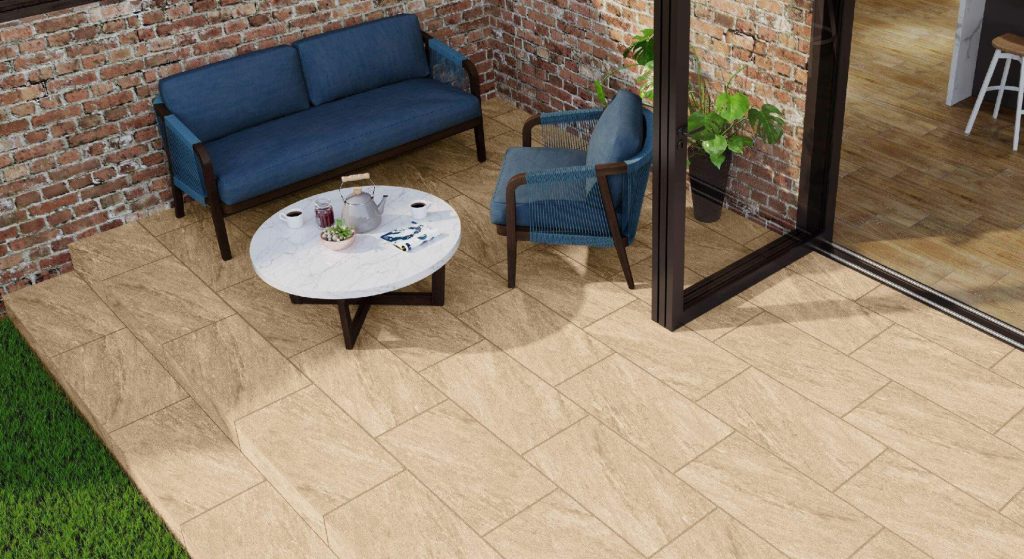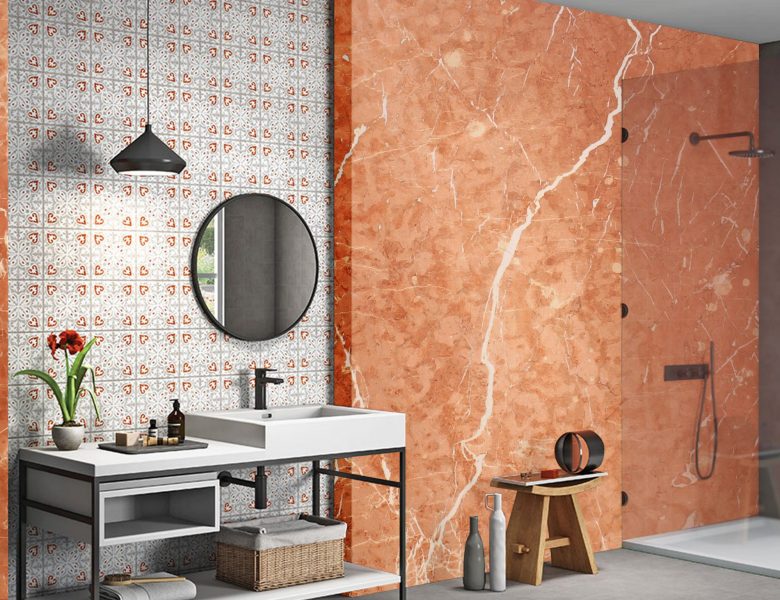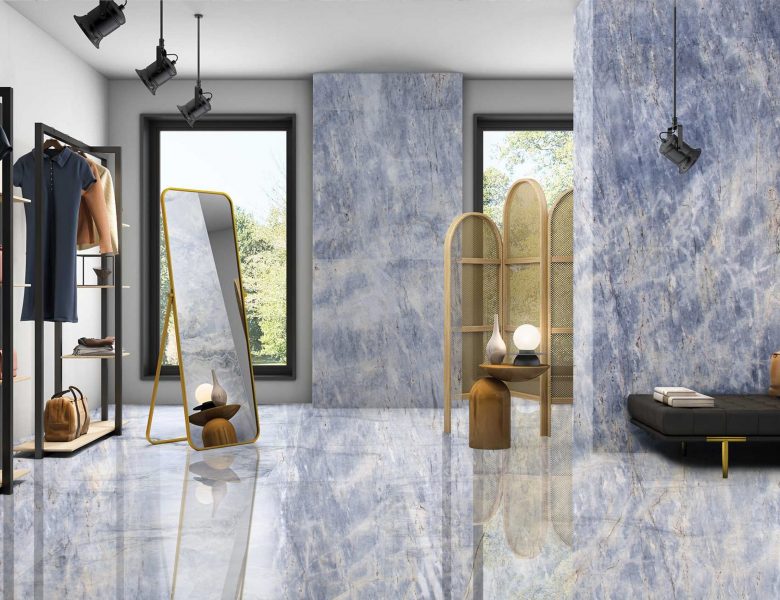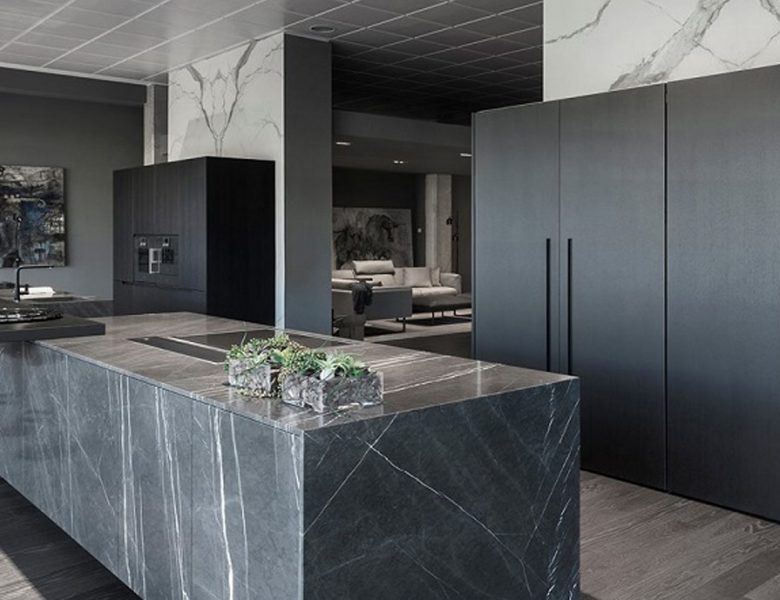Beneath the surface of the Earth lies a hidden storyteller, patiently waiting to share its tales with those who listen. Slate, a geological raconteur, weaves narratives of epochs long gone, capturing the essence of time within its finely layered structure.
Formed through the gradual transformation of mudstone or shale under intense pressures and temperatures, this metamorphic rock emerges as a unique and versatile natural stone, known for its ability to split into thin, flat plates. The term “slate” finds its roots in the Old English word ‘slaete’, signifying ‘to split’, a fitting descriptor for slate’s characteristic propensity to divide into slender sheets. It holds a hardness rating ranging from 2.5 to 4 on the Mohs scale.
Historically, slate found its inaugural use as a roofing material in Europe during the Roman Empire, a trend mirrored in China and India during the same period. Slate became popular in the United States during the 18th century, notably for roofing residences and public structures.
Among the illustrious slate-clad edifices, St. Paul’s Cathedral in London stands out. This iconic cathedral was built in the 17th century and features a slate roof. The White House and the United States Capitol are other prominent structures featuring slate roofs. Beyond roofing, slate has made its mark as a favored material for floors and walls, exemplified by the renowned New York Public Library, which boasts slate floors. This material is also used in many hospitals and schools.
Although in the past it was used to manufacture enclosing elements and load-bearing walls to support the loads of buildings thanks to its strength and compressibility, today its use as a structural element is minimal.
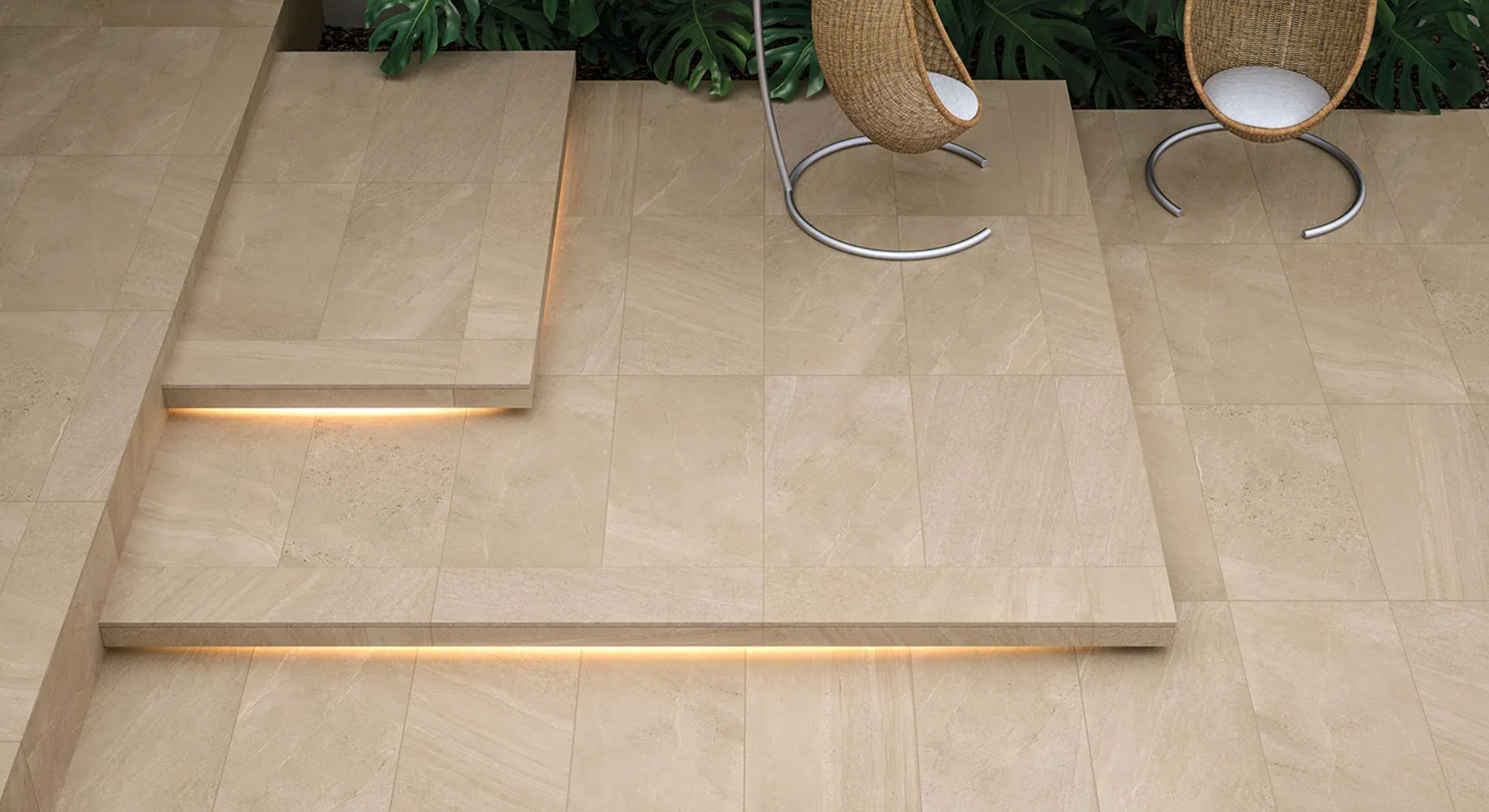
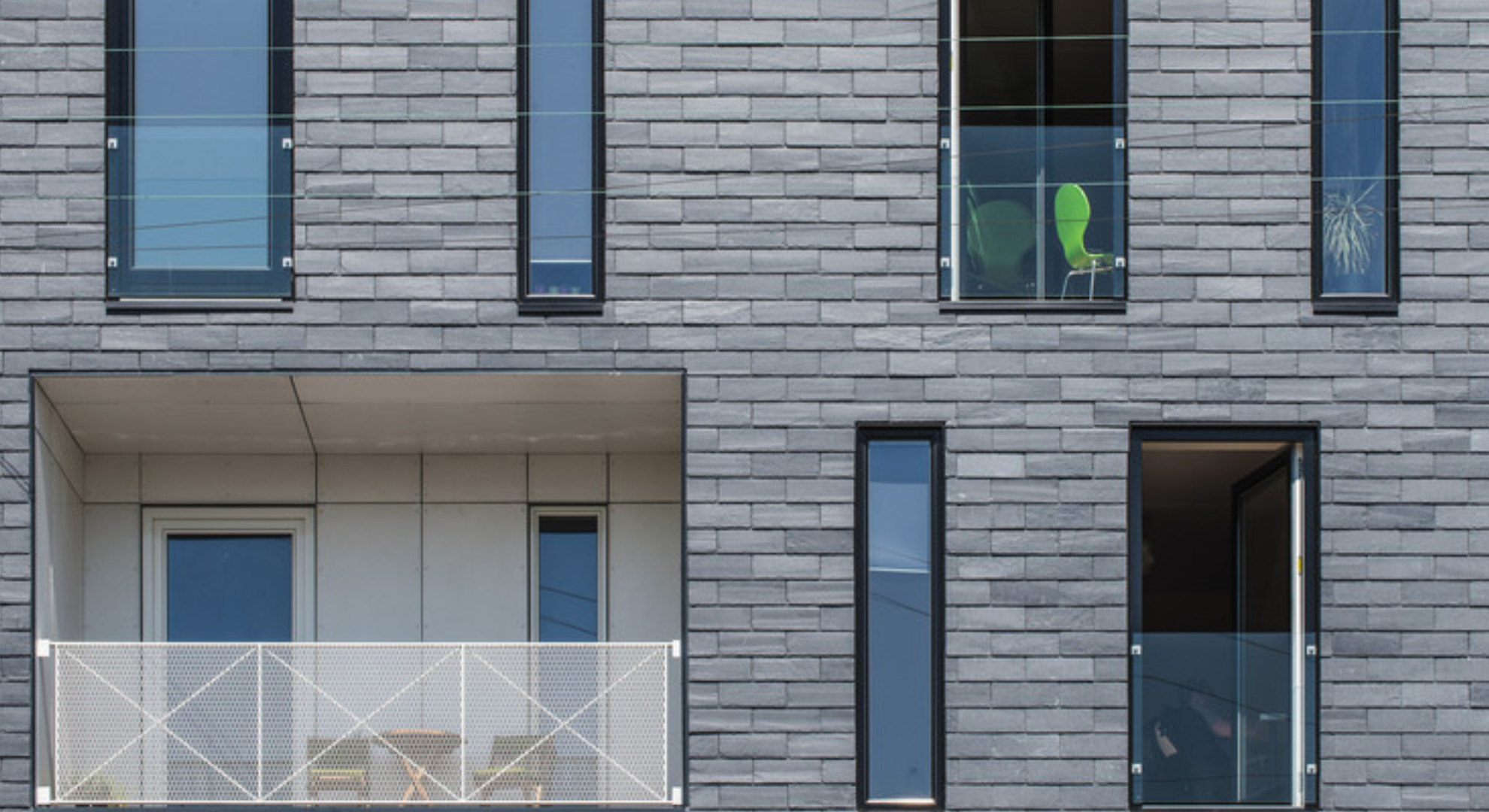
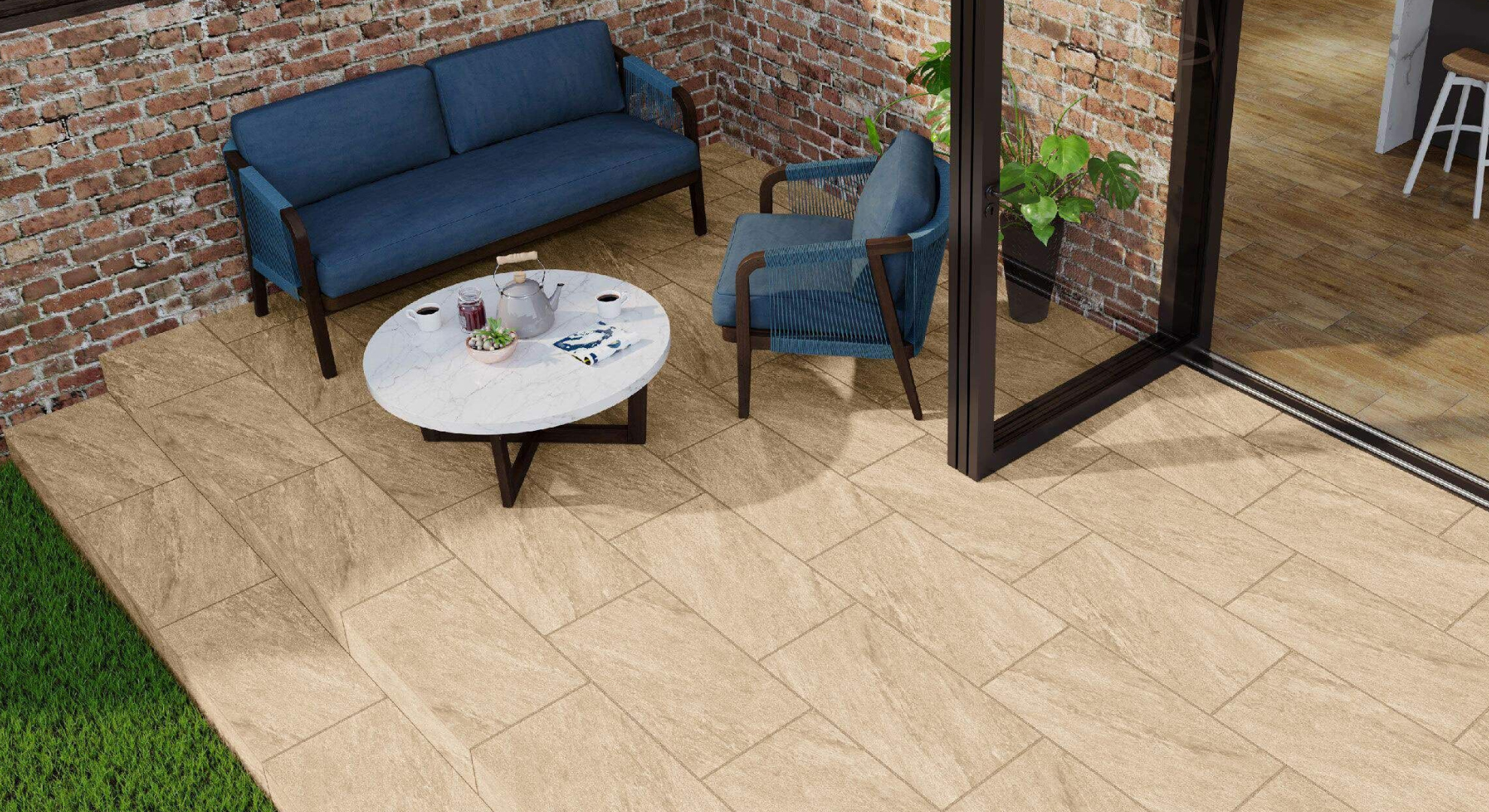
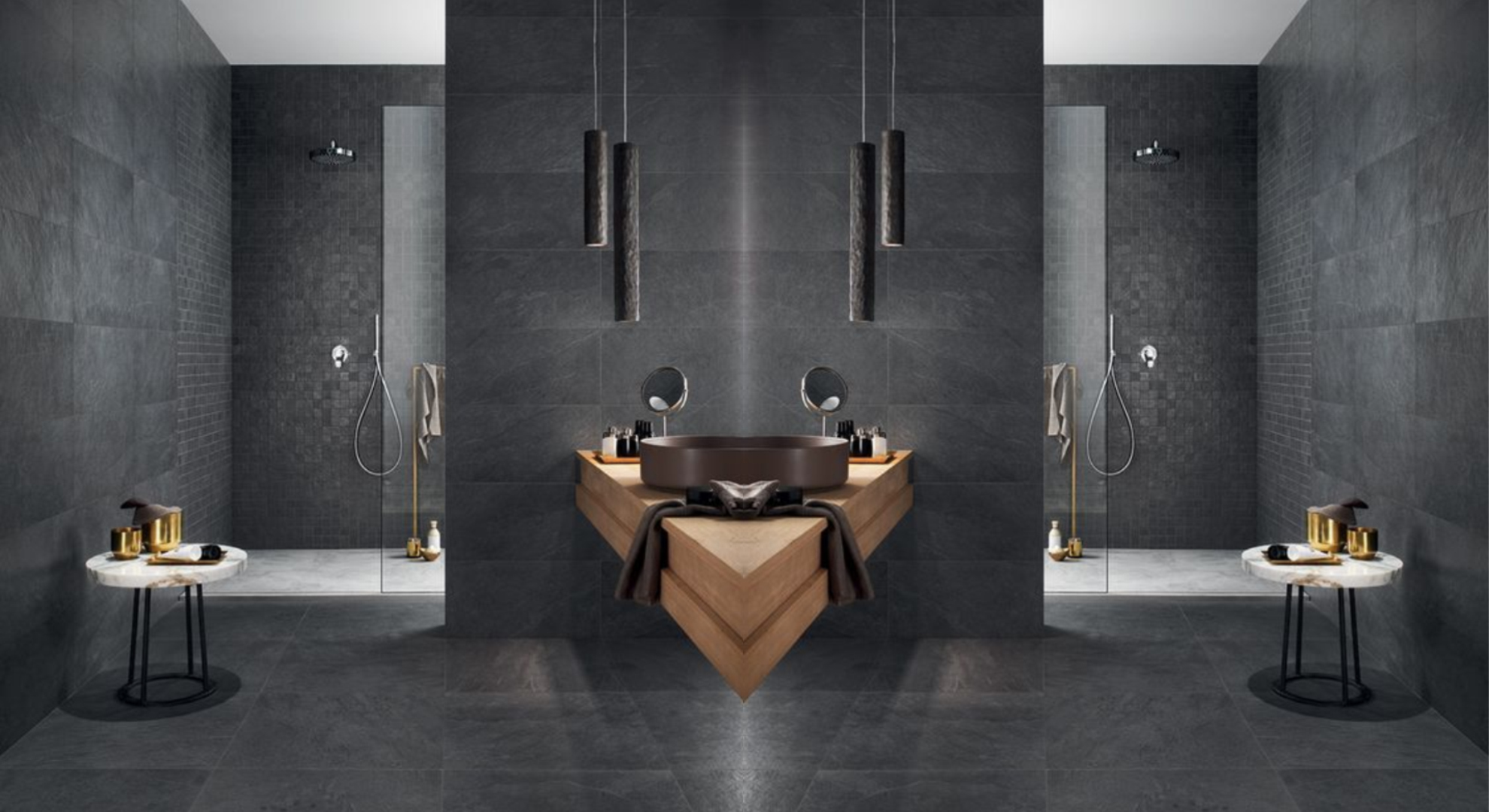
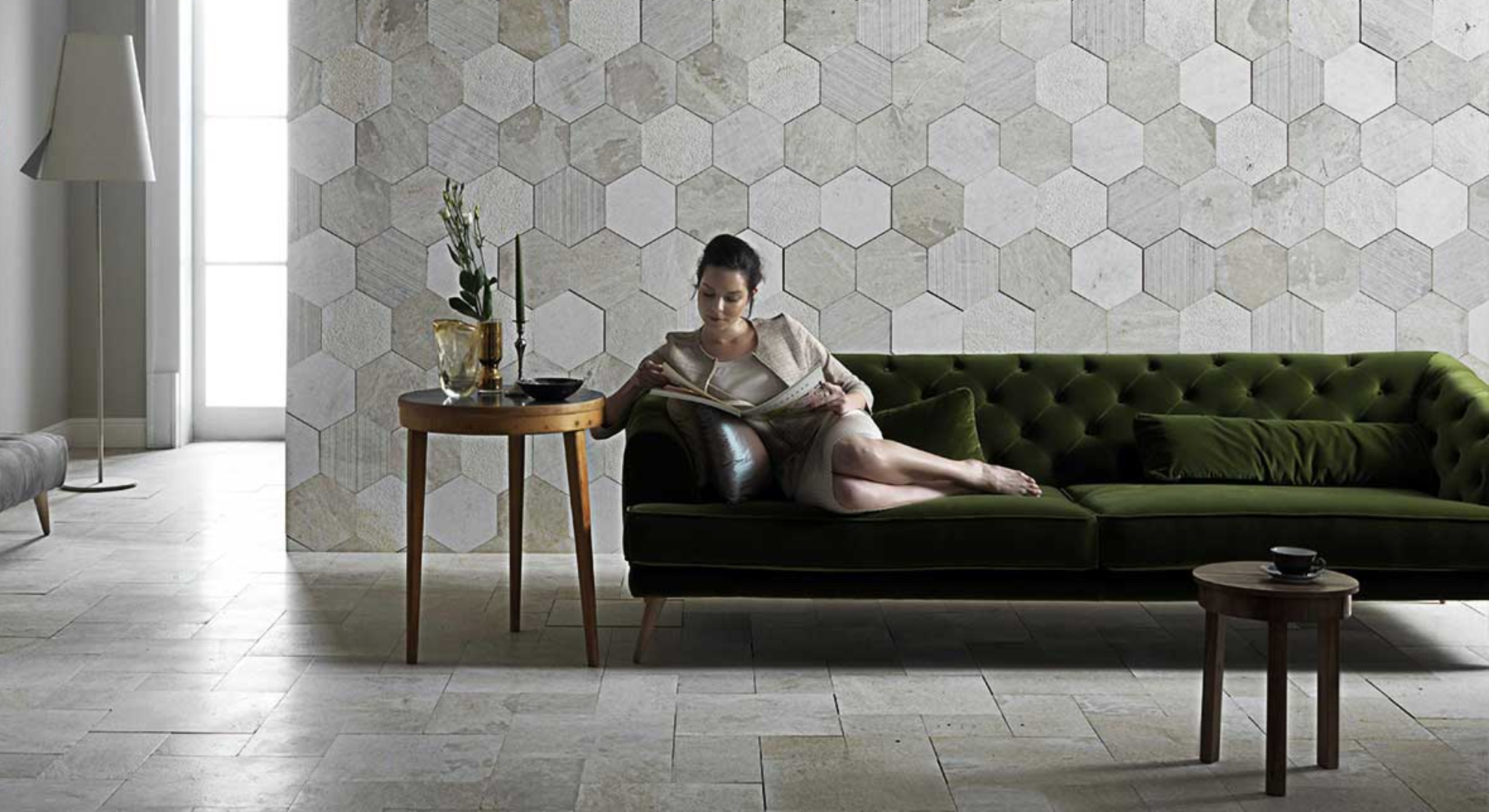
CHARACTERISTICS AND BENEFITS
Composition:Predominantly crafted from clay minerals and quartz, slate also incorporates trace amounts of other minerals like mica, feldspar, and pyrite. The specific composition of slate depends upon the type of shale used to form it.
Colour and Texture: Presenting a diverse spectrum ranging from deep blacks to subtle greys, greens, cyan, and even purples, slate boasts a versatile colour palette. Its distinctive cleavage imparts a smooth, flat surface, elevating its visual allure and rendering it a coveted option across various design applications.
The colour variations in slate result from the presence of distinct minerals within the rock. Notably, a higher concentration of iron minerals contributes to a darker coloration.
Durability: Slate stands resilient against weathering and abrasion. With a low absorption rate, it proves ideal for moisture-prone areas, ensuring prolonged longevity and minimal maintenance.
Slate’s high heat resistance and non-slip properties make it a preferred flooring choice in commercial and industrial buildings. These factors also make slate a good choice for high-traffic areas.
Versatility: Thanks to its robust and resistant characteristics, slate emerges as a favoured material for exterior cladding, pathways, and landscaping projects. Its applications span from roofing and flooring to chalkboards and slate pools. A prevalent use of slate is as a roofing material, replacing traditional ceramic tiles.
The lightweight nature and impermeability of slate sheets make it a practical option in snowy and rainy regions, commonly observed in slate stone houses nestled in mountainous terrains.
Eco-Friendly: Slate earns eco-friendly credentials as a recyclable material devoid of harmful off-gassing. It also stands as a sustainable choice, capable of enduring for centuries with proper care.
DISADVANTAGES
Costly: Slate can be relatively expensive, especially top-quality materials that are likely to last for decades.
Installation: Slate can be difficult and time-consuming to install depending on the location and size of the place. Especially if it is a do-it-yourself. However, that does not mean it is not possible.
WHY IS IT USED IN ARCHITECTURE AND DESIGN
Using slate in architecture has endless design possibilities. This versatility allows builders to incorporate intricacies in their design that would be impossible to achieve in other materials. From slate roofs to slate tiles in bathrooms, its smooth surface and varied hues add a touch of natural luxury to our living spaces. The ease with which slate can be cut into thin sheets makes it an excellent choice for intricate designs and personalized installations. A perfect reminder slate of the artistry that lies beneath the surface of our planet.
For more details log on our website : www.alasalmarbles.com or write us email : info@alasalmarbles.com
Follow our social media for regular updates...
Tag : Neolith, Cladding, Natural stone, Cladding materials, Selecting the best cladding material, Exterior, cladding, High-rise buildings, Most popular cladding material, Limestone, Travertine, Current trend in cladding, Quartzite, Choose a marble for kitchen top, Kitchen Islands, Natural marble top, Marble Countertop, Highly durable stone, Preferred options for the kitchen tops, Granite Counter tops, Cleaning the granite counters, Kitchen countertop, Best kitchen countertop, Marble, Marble, kitchen tops, Natural stones, Designing your kitchen, Granite, Caesarstone, Sintered stones, Marble and granite suppliers in UAE, Kitchen Counter, How to select kitchen counter, Quartz Slabs, Slate, Countertop options, Quartzite countertops, Cleaning quartzite countertops, Sintered Stone, Kitchen surface, Advantage of Neolith, Countertop designs, Quartz countertops, Budget friendly, kitchen countertops, Feature wall, Natural stone cladding, Granite cladding, AL ASAL MARBLE, Adhesive, Marble adhesive, Floor, Flooring, Commercial, Projects, Projects, Stones, Stones, Internal, External, Walls, Flexible, Countertops, Wall cladding, Engineered stone, Stone adhesive, Marble fixing, Marble flooring, Waterproofing, Sealing, Sealant, Marble cleaning, Marble suppliers in UAE, Marble manufacturer, Stains in marble, Marble sealer, Leading marble company in UAE, Best Marble company, Marble protection

